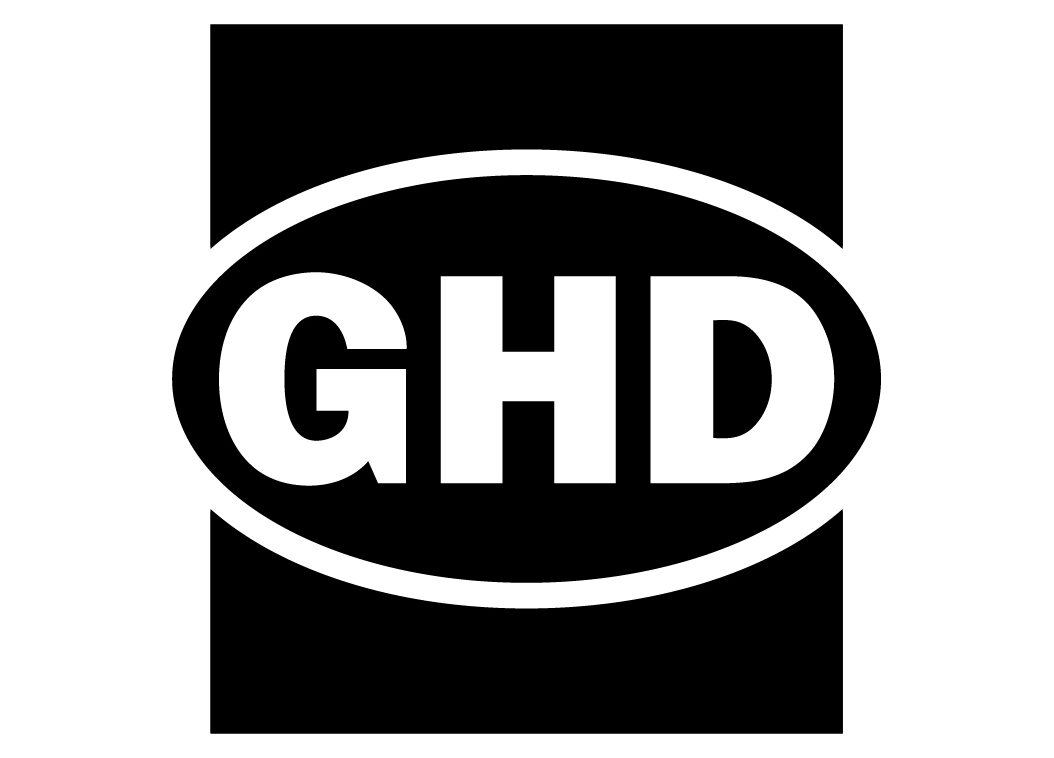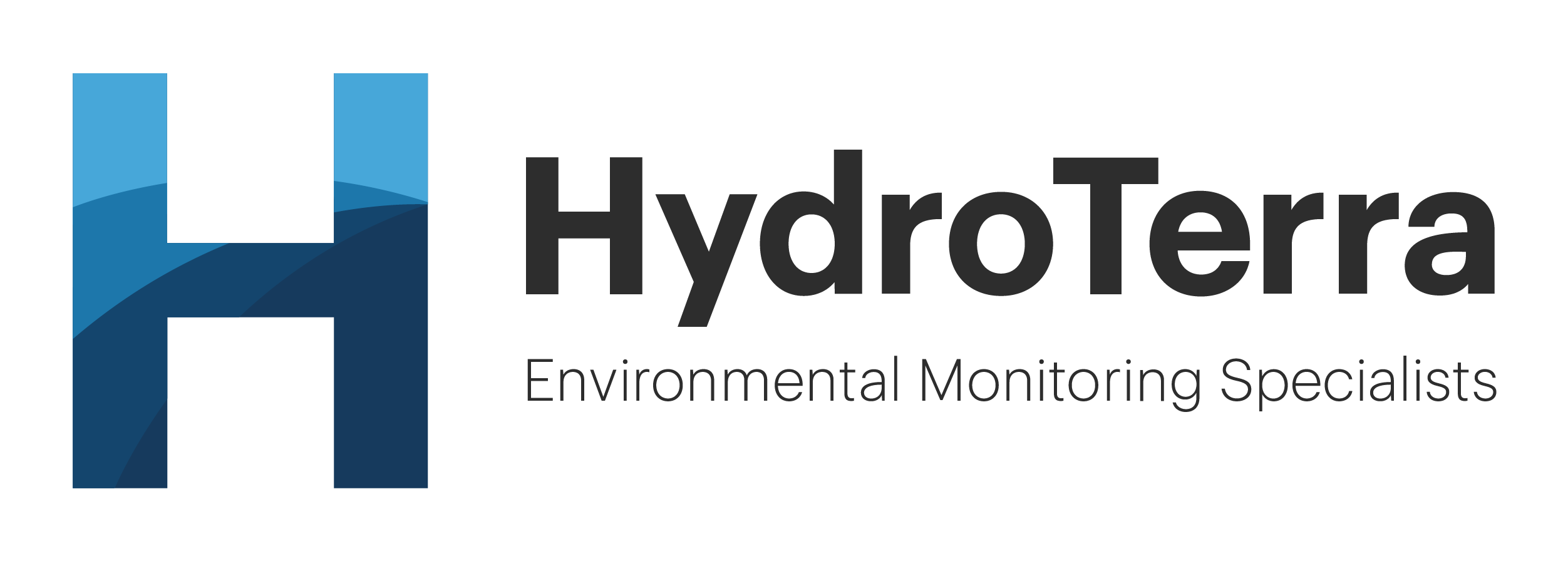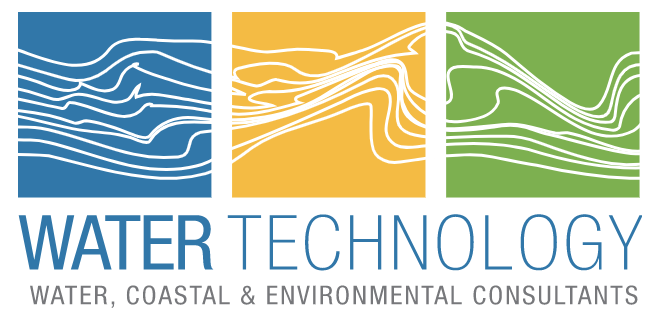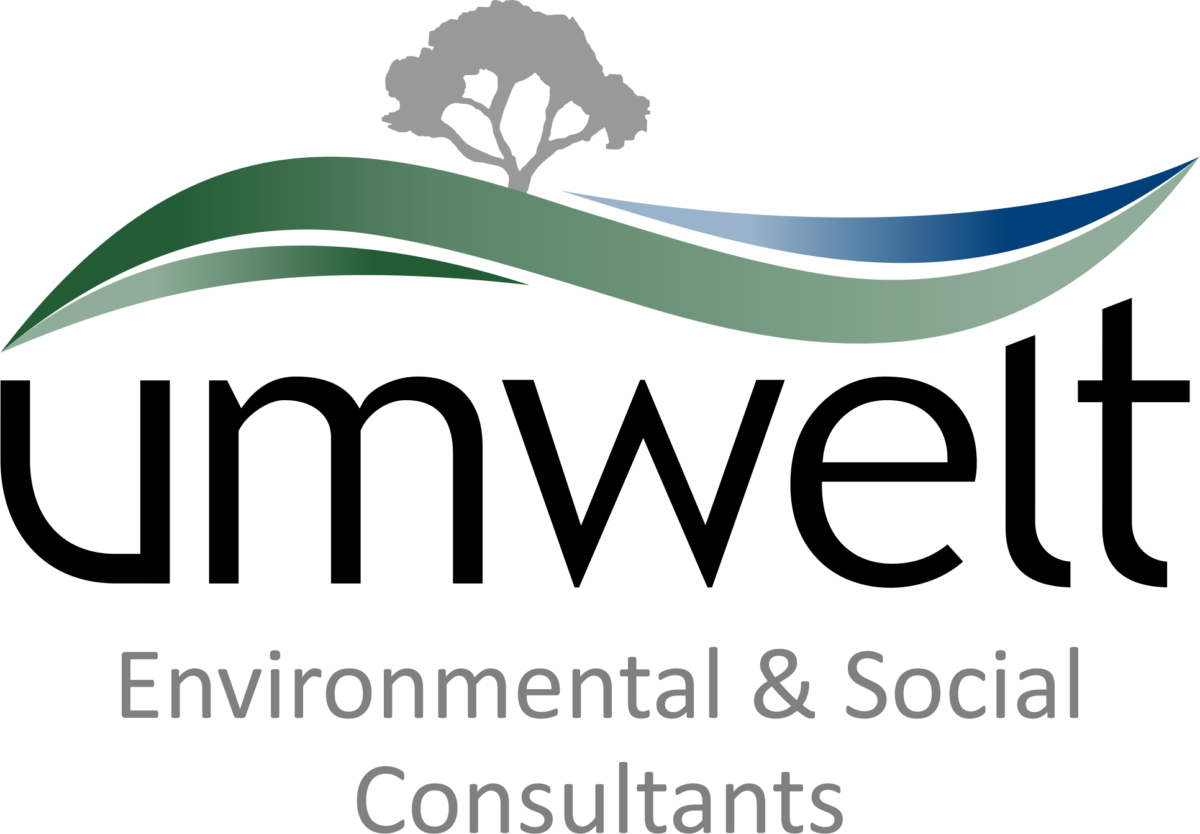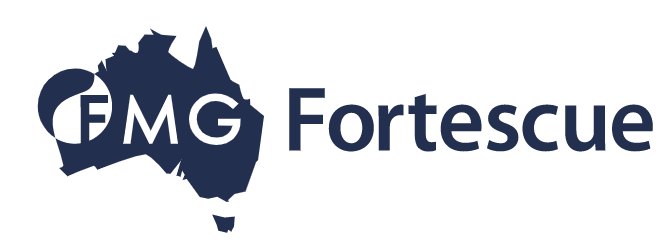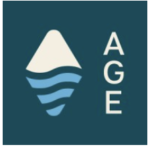Summary:
There are over 200 species of native orchids (Orchidaceae) found throughout North America. Many years of field observations of the type and abundance of orchid populations have revealed a striking (albeit qualitative) link to groundwater flow systems. There appears to be a correlation between orchid species and the ecosystem position within the “Unit Basin” of regional groundwater flow. A fourfold “classification” scheme for native orchids in Alberta has been proposed: those found in discharge, recharge, and midline areas, and a group that shows no general preference. This hypothesis was tested at flowering sites for three closely-related species of Spiranthes in Nova Scotia, Canada. Results showed a threefold distribution: dry; intermediate to dry; and wet slope bottoms. At one site where all three species were found, there was a clear spatial demarcation based on soil moisture and topography. There the three species would be located in recharge, midline, and discharge areas, respectively. Recognition of a linkage between the groundwater regime and native orchids is significant for a number of reasons. This talk will provide examples of native orchids in recharge, midline, and discharge areas and aims to stimulate further study in this cross-disciplinary topic.
About the speaker:
Ben Rostron is Professor Emeritus of Earth & Atmospheric Sciences at the University of Alberta and the president of Isobrine Solutions Inc. He has a B.Sc. in geological engineering (1986) from the University of Waterloo and an M.Sc. (1990) and Ph.D. (1995) in geology from the University of Alberta. Ben received his graduate training under the supervision of Dr. József Tóth. Ben’s Ph.D. thesis on the regional hydrogeology and hydrochemistry of the Phanerozoic strata in west-central Alberta demonstrated how regional groundwater flow impacted oil migration/entrapment in economically significant units in the basin. Ben started his academic career teaching geological engineering at the University of Saskatchewan in 1994. While there, he started mapping the hydrogeology and hydrochemistry of the Williston Basin, work that continues to this day. He collected his first wellhead formation-water sample in 1996, and since then, there are very few deep formation areas in Saskatchewan that he hasn’t sampled. Ben was lured back to the University of Alberta to join the newly created Department of Earth & Atmospheric Sciences in 1997, where he taught regional and petroleum hydrogeology until he retired at the end of 2021. His academic career leaned toward applied research—applying hydrogeology and hydrochemistry to tackle numerous significant real-world problems.
If you have any queries or just want to contact the IAH WA committee feel free to reply to this email or via wa.branch@iah.org.au.
We look forward to seeing you there!



